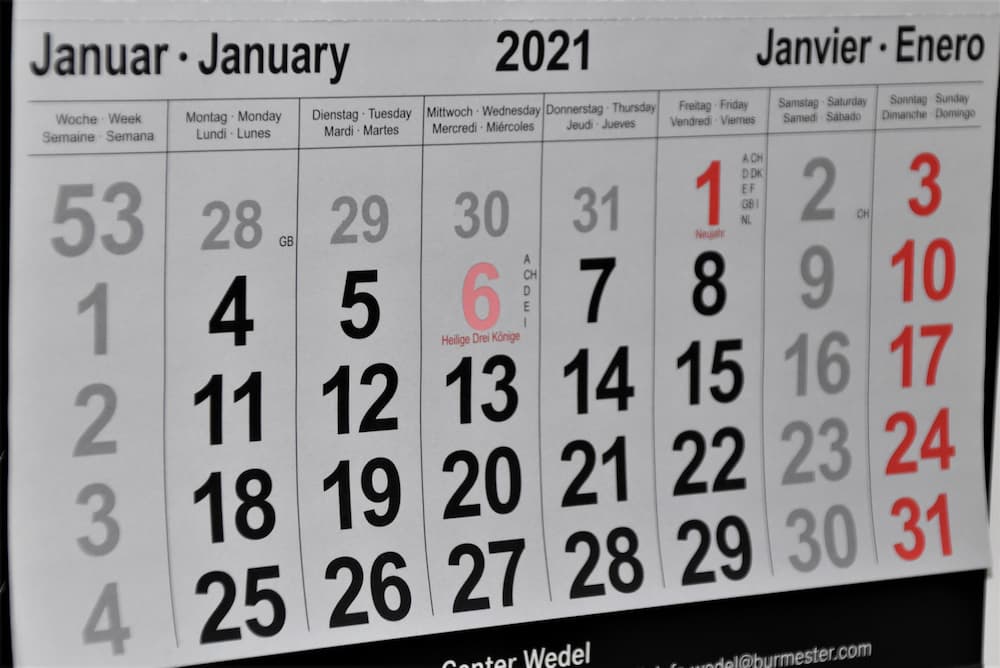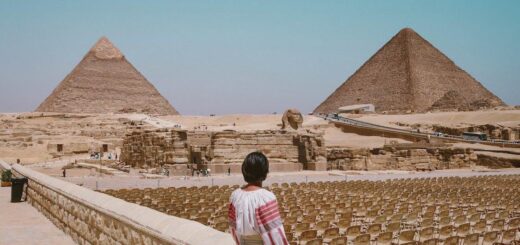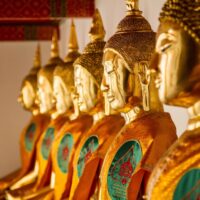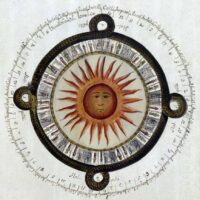The Calendars Of Ancient Egypt And Babylon
It’s impossible to envision a period before the calendar. It’s a basic need. In certain societies, the formation and preservation of dating systems are religiously mandated.
All human cultures have used calendars for ages to organize time in a methodical way. The Western Gregorian calendar is a corporate and diplomatic standard. This is a recent phenomenon, and many religions, governments, and communities still use other calendars to track time. The calendars’ qualities vary per society. All calendars let individuals work together to achieve goals. That makes each calendar so similar but extremely distinctive at the same time.
Before written history, humans lived in tiny hunting-and-gathering tribes. Word-of-mouth coordinated activities and time-keeping were simple. People presumably used days as time markers and identified months by viewing the moon’s appearance. Without a systematic structure, they noticed seasonal and yearly trends. They probably did not need ten or one hundred years to come up with the ideas that led to the invention of calendars.
Over time, individuals moved to agricultural villages with greater populations and diverse workforces. People had to become more mutually dependent. A tool to organize social activities was needed.
Egyptians and Babylonians’ Standardized Calendars
Babylonians and Egyptians affected the Western Gregorian calendar initially. Both had an agricultural base, a big population distributed over a broad area, and a desire to celebrate religious festivals. Religious groups formed a central time-keeping system so people would know when to attend festivals.
Both groups developed calendars similarly. They divided time into days, months, and years and calculated the length of each. It took centuries of watches, measurements, and computations to determine these figures.

Days
All calendars start with a day. The day’s duration is determined by how fast the earth spins on its axis. The Babylonians divided time into 24 hours around the fifth century B.C. The length of hours was not always fixed since reliable measurement of seconds and minutes wasn’t available until the 16th century C.E.
The Renaissance sparked interest in nautical navigation, which led to the creation of accurate clocks.
Months
The simplicity and ease of observation of Months led to its tremendous significance, and many cultures utilized it as a calendar foundation. Cultures have different-length months. Babylonians had 29- and 30-day months, whereas Egyptians had 30.
Seasons And Year
The sun’s cycles, not the moon’s, govern the seasons, whose regularity is crucial to agriculture. Seasons were determined via solar observation, such as detecting a stick’s midday shadow or by astronomical computations. Either method resulted in a solar year of around 365 days, incompatible with the 12 lunar months, each with 29.5 days.
Numerous ancient cultures made numerous attempts to synchronize the lunar and solar months. The most notable of these scientists were Egyptian astronomers. The calendar that Julius Caesar used was derived from mathematical measures as well as Babylonian astronomy.
Calendar makers had a difficult time determining how long a year actually was. It was challenging for many calendar systems to measure a whole season cycle accurately.
The weather was different during each season. There were warm and chilly seasons, and certain seasons had a significant amount of precipitation. This seasonal cycle was used by agrarian cultures to determine the year, as they needed to know when to start planting and when to start harvesting.
Each season has numerous new months. Moon and weather cycles weren’t synced. This led to distinct year-length systems.
Egypt and Babylon Differences
Babylonians and Egyptians both calculated the number of days in a year in the fifth century B.C.E., but they reached different findings. The Egyptians estimated 365 days for the year, whereas the Babylonians said 360. The year’s two lengths are ambiguous.
Babylonians may have misjudged. Their advanced astronomical and mathematical institutions make this implausible. They rolled 365 to 360 to make it work with their base-12 scheme.
The Babylonians’ five-day deletion meant the months didn’t match the seasons. Each month would start five days sooner due to the sun’s location. Eventually, months would lose their original seasons. To solve this difficulty, the Babylonians regularly added months to the calendar, a process called intercalation.
Not only the Babylonians had trouble coordinating the months and seasons. Even while Egyptians estimated the year more correctly, they knew it wasn’t perfect.





















Recent Comments